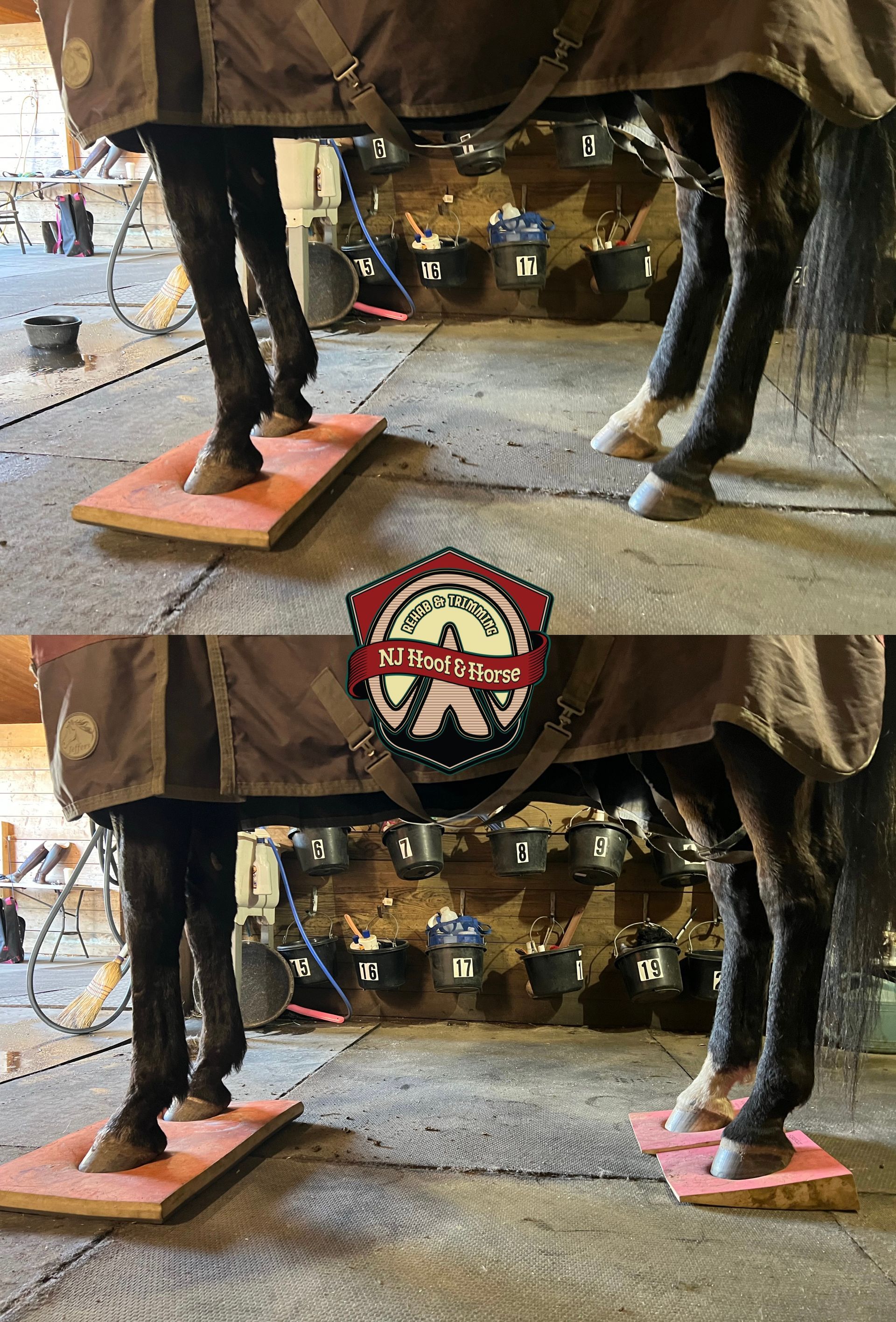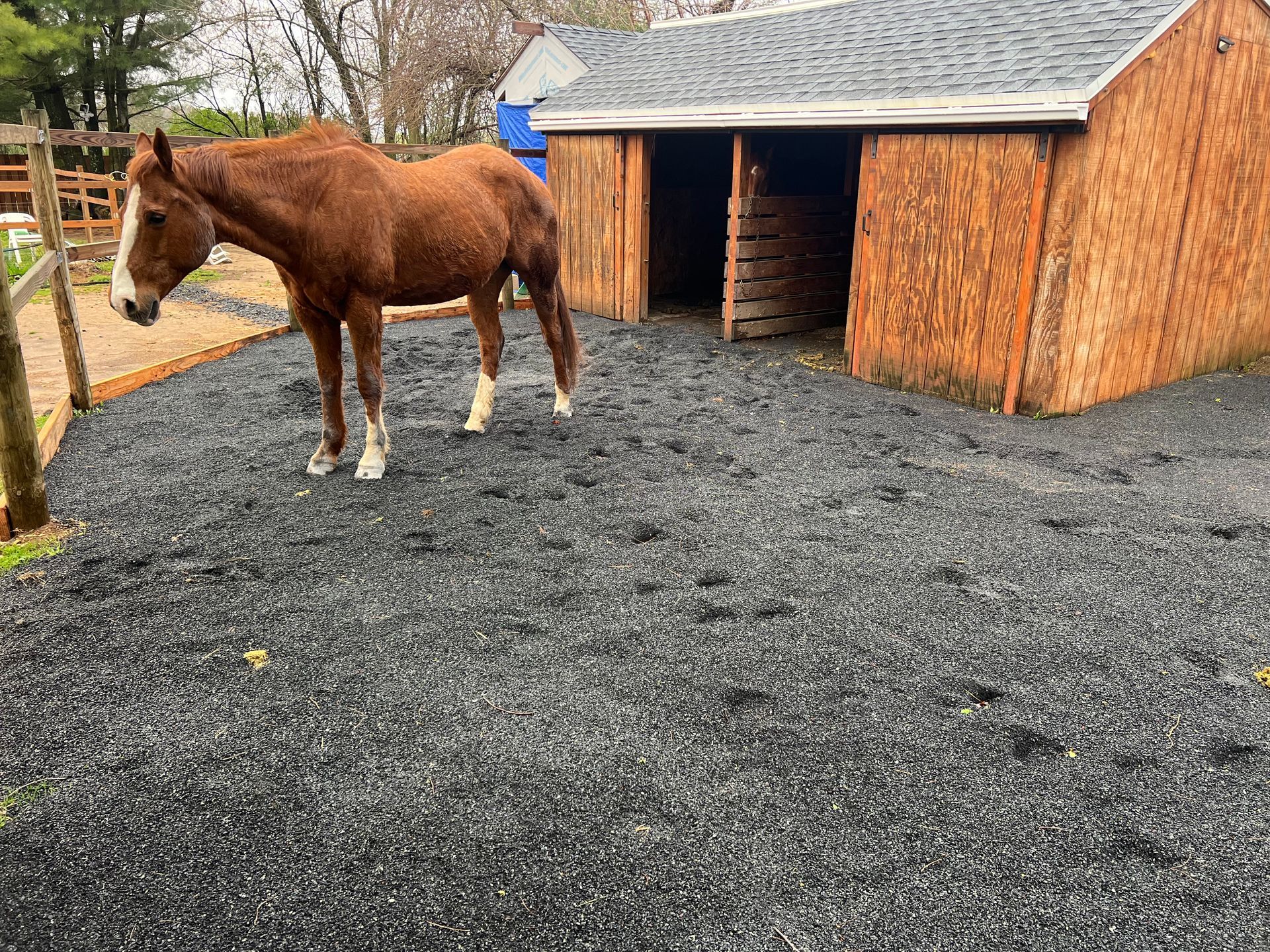How soon should a newborn foal be trimmed
One Minute Discussions #22
Discussing Natural Hoof & Horse Care
HOW SOON SHOULD A NEWBORN FOAL BE TRIMMED
I often hear that the first trim for a foal should be around 6 to 12 months of age. But is that healthy for their little feet?
Let’s take the foals that are born in the wild. As soon as they get on their feet they start moving, walking running and catching up with the herd (note: they do this on rocks and hard ground). This makes their hooves wear out naturally from the very first day. Now take the domestic-born foal. We lock them in stalls, keep them in small paddocks (that prevent movement) with soft ground. By month 2, their feet are starting to atrophy (not to mention the harm the bad hooves are doing to the joints, ligaments and bones).
All of this can be prevented IF the foal is trimmed as soon as possible! My clients’ foals are all trimmed within the first weeks they are born.
Denys A.

